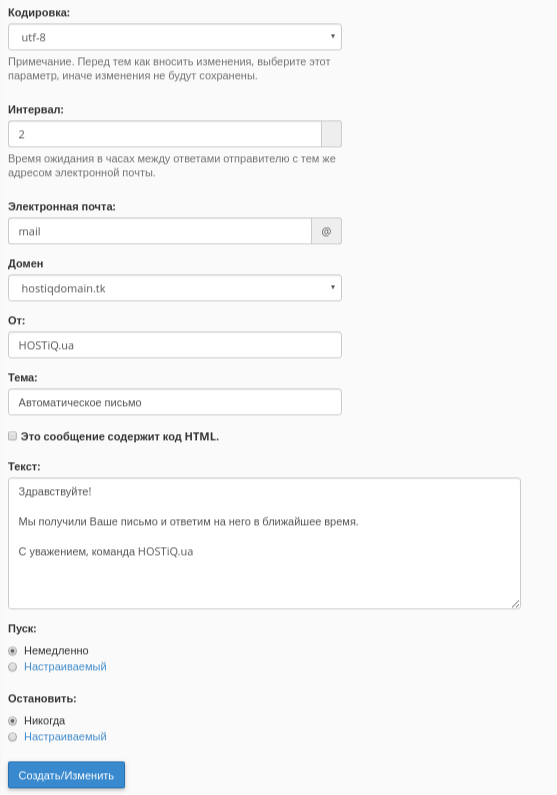Frazi Dlya Avtootvetchika Serjeznie
Tukacad software cracked. The capabilities of Tukatech's technology remains unparalleled in the fashion industry, and all of our products are offered at affordable prices, with some systems available through our. Our Work Tukatech is the garment and apparel industry's leading provider of fashion technology solutions. Are now available for U.S. All systems include unlimited training, consulting, process engineering, and implementation. Founded in 1995 by garment-industry veteran Ram Sareen, Tukatech offers award-winning,,, as well as, and and for production.
ELS rubber tip for endpin, 10mm. Internal thread EPR-15.
July 23, 2014 By Lora Cecere Within most organizations, the words “demand planning” cause a reaction—and typically not a mild one. It is characterized by emotional extremes like anger, despair, disillusionment, or even hopelessness. Seldom do we find a team excited or optimistic about their chances to improve demand planning processes.
After two decades of process and technology refinement, excellence in demand management still eludes supply chain teams. In fact, it is the supply chain planning application with the greatest gap between performance and satisfaction. At the same time, it’s the application with the greatest planned future spending. For most teams, demand planning is a conundrum, a true love-hate relationship.
They want to improve the demand planning process, but remain skeptical that they can ever do so. In our research at Supply Chain Insights, we find that demand planning is the most misunderstood—and most frustrating—of any supply chain planning application. While companies are the most satisfied with warehouse and transportation management, they are the least satisfied with demand planning. Teams are also confused about the demand planning process. They are unclear on how to move forward. What drives process excellence is not clear. And well-intentioned consultants brought in to help achieve that clarity often give bad advice.
In this article, we share insights on the current state of demand planning and give actionable advice that supply chain teams can implement to make real improvements. Getting Past the Plateau The first use of the term supply chain management in the commercial sector was in 1982.

Until that time, the focus of organizational improvement was on specific functional areas such as manufacturing, procurement, or logistics. This “siloed” approach gradually gave way to more integrated operations, which lead to the concepts of demand planning and integrated supply chain planning. In this article, demand planning is defined as the use of analytics—optimization, text mining, and collaborative workflow—to use market signals (channel sales, customer orders, customer shipments, or market indicators) to predict future demand patterns. This forward period for demand planning will vary by company, but it is a tactical planning process typically stretching across the period of 10 months to 18 months. Note that as companies mature, the use of the forecast becomes more comprehensive and is woven into a number of processes culminating in a more holistic end-to-end process termed demand management.
(We discuss this more fully in the article “”) The first demand planning applications were introduced late in the 1980s. Today, there is a conventional view that as these applications evolved, companies have steadily reduced costs, improved inventories, and sped time to market. The actual balance sheet results, however, show the opposite. Too few supply chain teams have successfully posted improvements to their balance sheets through demand planning initiatives.
Improvements were made in specific projects and in isolated parts of the business, but progress has slowed over the last 10 years resulting in a supply chain plateau. Growth has been slowing, inventories climbing, and costs escalating. Getting the basics right in the demand planning process is essential to moving supply chain results past the current plateau. However, too few companies know what to do or how to do it.

Evidence of this plateau is shown in. In the process manufacturing sectors shown, where demand planning should make a dramatic difference, companies are going backward not forward in driving meaningful results. Ironically, most companies do not realize that they have reached a supply chain plateau because they have not looked at year-over-year financial balance sheet results. Take the Supply & Demand Planning Software Survey For your participation in this survey, Lora Cecere, Supply Chain Insights Founder & CEO, will provide a free one hour consultative call with you and your organization to review the results and discuss your own talent strategies. The supply chain is a complex system that has grown even more complex over the decade. Most companies understand that it is complex, but they do not see it as a complex system. In a complex system there are finite trade-offs between areas.